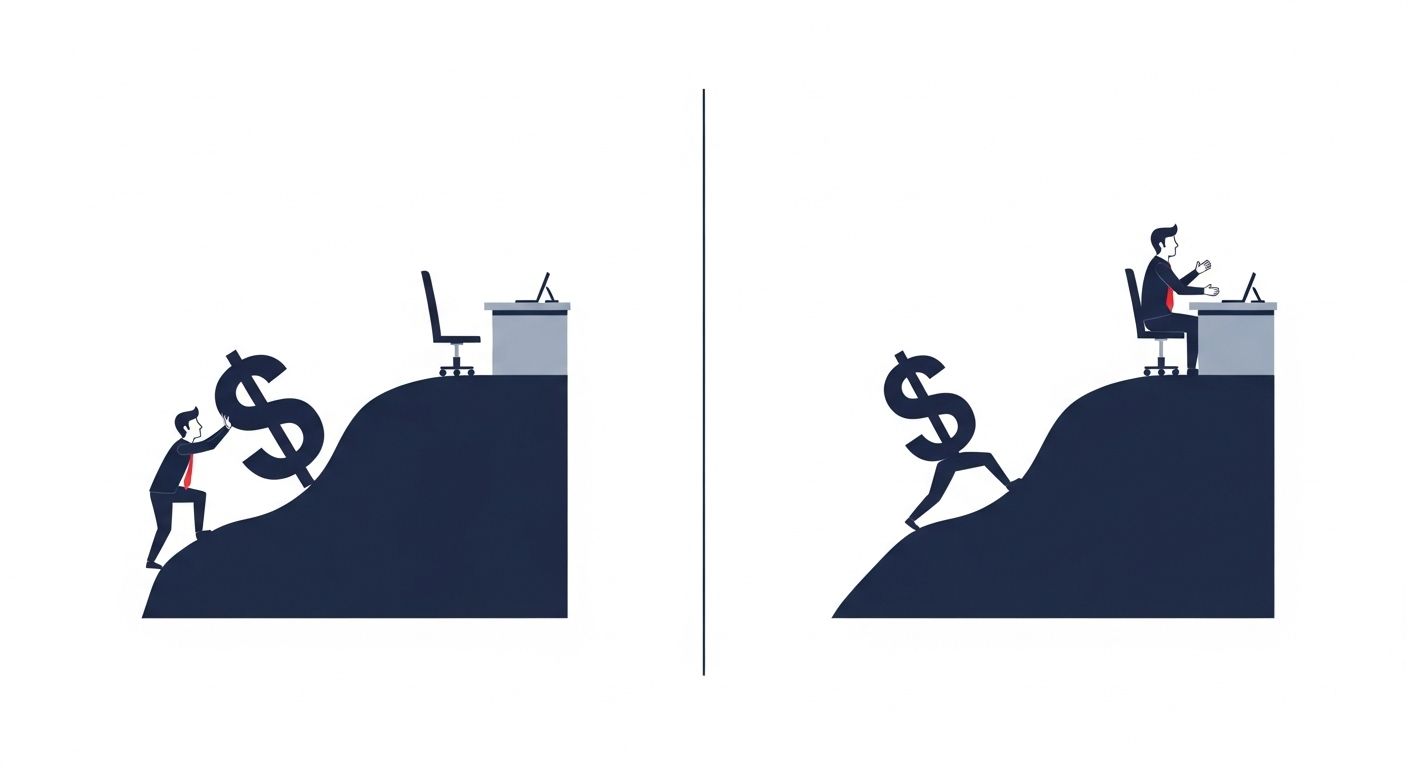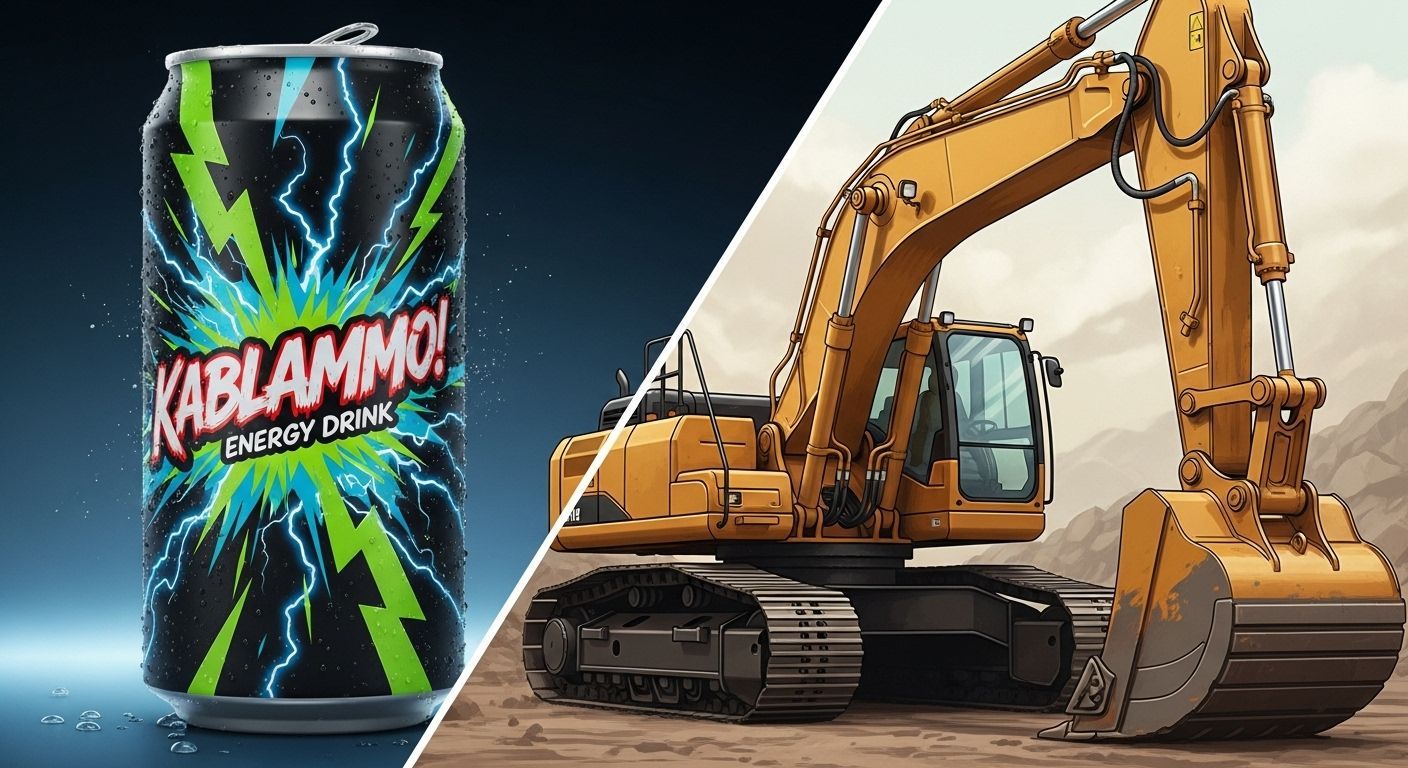Chart of West Texas Intermediate Crude (WTI) Oil Prices from 2016 With Predictions Through 2026
Doug Mansfield • October 23, 2025
For generations, the Texas economy has been deeply connected to the oil and gas industry. The price of crude oil isn't just a number; it directly impacts jobs, business investments, and even state funding for public services, including the well-known "Rainy Day Fund" financed by energy taxes.
Chart Data Citations & Notes
- Historical price data sourced from Macrotrends & U.S. Energy Information Administration (EIA).
- Price projections for 2025-2026 are based on forecasts from the EIA's Short-Term Energy Outlook.
- Noteworthy milestones identified from reports by the European Central Bank and World Bank.
- This chart uses averaging methodologies that may not indicate short-term anomalies.
The provided chart, "West Texas Intermediate Crude Oil Prices (2016-2026)," reveals a decade of significant volatility, underscoring this complex relationship.
- 2016-2018 (The Climb): The period began with a relatively low average price of $43.73 in 2016 as the market recovered from a glut, spurred by OPEC+ production cuts. This recovery gained momentum, rising to $50.84 in 2017 and peaking at $64.90 in 2018 as U.S. sanctions on Iran tightened global supply.
- 2019-2020 (The Crash): After a slight dip in 2019 to $57.04, the market faced its most dramatic test. The COVID-19 pandemic in 2020 caused a historic collapse in global demand, sending the yearly average price tumbling to $39.68. This average smooths over the unprecedented event in April 2020 when futures contracts briefly traded at negative prices.
- 2021-2022 (The Rebound & Spike): A rapid recovery followed, with prices climbing to $68.17 in 2021 as "Economic Reopening" spurred demand. This culminated in 2022, when the war in Ukraine shocked the global energy supply, launching the average price to $94.90, the highest point in this 10-year period.
- 2023-2026 (The "New Normal" & Projections): Prices have since cooled, settling into the high $70s for 2023-2024. The chart's projections, however, indicate a downward trend, with an anticipated "Projected Supply Surplus" pushing the average price to $65.00 in 2025 and further down to $52.16 in 2026.
While a projected drop to the low $50s might seem alarming for the Texas economy, it's not as bad as it seems. This forecast, while significant, does not tell the whole story, particularly for the Houston metro area. Having learned from the painful oil busts of the 1980s, Houston has successfully diversified its economy, which remains robust as of late 2025.
Houston's current economic landscape looks strong, with significant job growth in sectors outside of upstream energy. The Texas Medical Center, for example, is undergoing massive expansion, driving a boom in healthcare and life sciences. Furthermore, Port Houston continues to post near-record container volumes, signaling that global trade and the movement of goods remain strong pillars of the local economy.
Looking ahead to 2026, several key indicators point to continued growth for industrial companies, even if oil prices soften:
- LNG Export Expansion: A massive expansion in Liquefied Natural Gas (LNG) export capacity is underway along the Texas Gulf Coast. Several new facilities and "trains" (liquefaction units) are scheduled to come online through 2026, which will drive significant activity in industrial fabrication, processing, and logistics.
- Petrochemical Competitiveness: A key factor in the projected oil surplus is an abundance of associated natural gas. Lower natural gas prices are a powerful stimulant for Houston's massive petrochemical industry, as it lowers the cost of a primary feedstock. This position makes U.S. plastics and chemical exports highly competitive, supporting strong production forecasts for 2026.
- Industrial Real Estate & Manufacturing: Confidence in the region's industrial sector is high. This is evidenced by low industrial vacancy rates and a strong construction pipeline for new, large-scale manufacturing plants and distribution centers, particularly on the east side of the city.
In summary, while the WTI price chart illustrates a decade of dramatic swings—from the 2020 pandemic-driven crash to the 2022 geopolitical spike—the projected decline into 2026 does not signal an end to Texas's prosperity. The data increasingly shows an economy that has learned to insulate itself from pure price shocks. Houston's robust industrial landscape, powered by global leadership in LNG, petrochemicals, and logistics, demonstrates a diversified strength poised to thrive independent of oil price volatility.
This blog post was created by Doug Mansfield, president and founder of Mansfield Marketing











